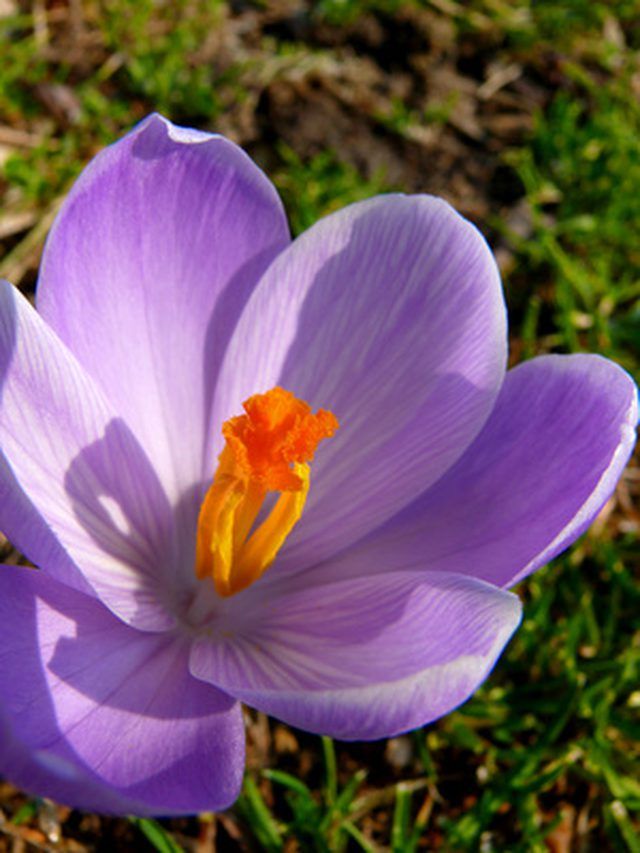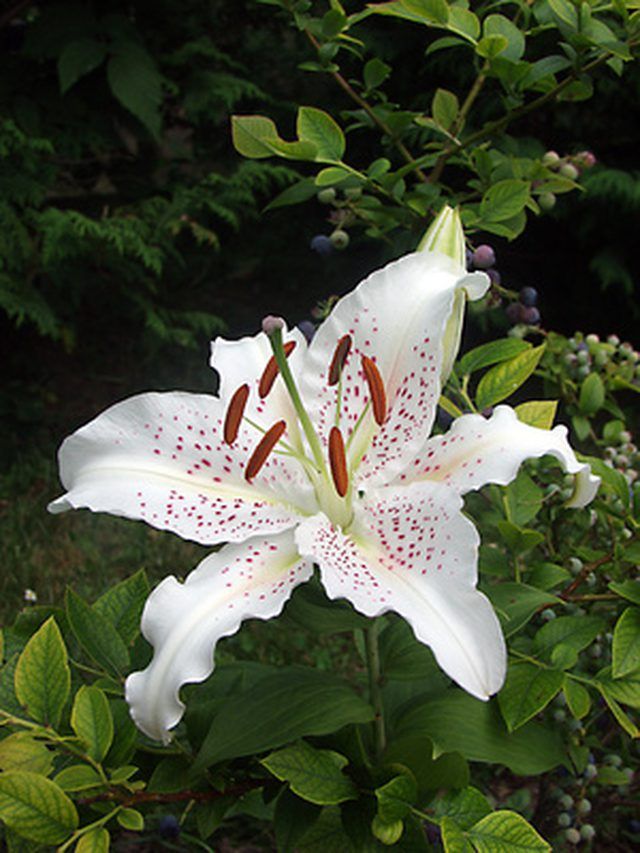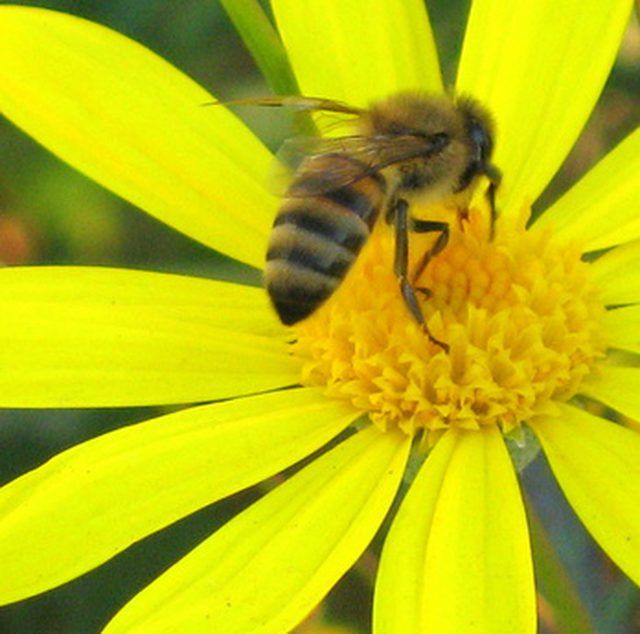Bulbs
Flower Basics
Flower Beds & Specialty Gardens
Flower Garden
Garden Furniture
Garden Gnomes
Garden Seeds
Garden Sheds
Garden Statues
Garden Tools & Supplies
Gardening Basics
Green & Organic
Groundcovers & Vines
Growing Annuals
Growing Basil
Growing Beans
Growing Berries
Growing Blueberries
Growing Cactus
Growing Corn
Growing Cotton
Growing Edibles
Growing Flowers
Growing Garlic
Growing Grapes
Growing Grass
Growing Herbs
Growing Jasmine
Growing Mint
Growing Mushrooms
Orchids
Growing Peanuts
Growing Perennials
Growing Plants
Growing Rosemary
Growing Roses
Growing Strawberries
Growing Sunflowers
Growing Thyme
Growing Tomatoes
Growing Tulips
Growing Vegetables
Herb Basics
Herb Garden
Indoor Growing
Landscaping Basics
Landscaping Patios
Landscaping Plants
Landscaping Shrubs
Landscaping Trees
Landscaping Walks & Pathways
Lawn Basics
Lawn Maintenance
Lawn Mowers
Lawn Ornaments
Lawn Planting
Lawn Tools
Outdoor Growing
Overall Landscape Planning
Pests, Weeds & Problems
Plant Basics
Rock Garden
Rose Garden
Shrubs
Soil
Specialty Gardens
Trees
Vegetable Garden
Yard Maintenance
The Pollination & Fertilization of Flowers
The Pollination & Fertilization of Flowers. Pollination and fertilization of flowers make possible the production of much of the world’s food supply. They facilitate transport of genetic material and ensure the production of seeds. However, not all pollination results in fertilization, and some plants produce seeds without fertilization....

Pollination and fertilization of flowers make possible the production of much of the world’s food supply. They facilitate transport of genetic material and ensure the production of seeds. However, not all pollination results in fertilization, and some plants produce seeds without fertilization. Botanists define pollination as the transfer of pollen from the male part of the flower to the female part. They define fertilization as the union of sperm and egg cell.
Mechanism of pollination
A flower contains a male structure(s) termed a stamen, which has two parts, a stalk (filament) and a sac on top (anther) containing pollen, and a female structure(s) termed a pistil, which has three parts--knob-like top (stigma), slender stalk (style) and swollen base (ovary). Shapes, colors and numbers of stamens and pistils vary greatly. Flowers rarely present themselves in the manner of idealized textbook floral diagrams. The home gardener can use tweezers to dissect flowers over a sheet of white paper, examine parts with a magnifying glass and compare with web descriptions to figure out what’s what.

Pollen vectors
Vectors, such as insects, birds, mammals or wind, deposit pollen on the stigma. Lack of abundant insect vectors results in poor crop yields. Practice pollination on an indoor plant like the winter-flowering amaryllis. In this example the home gardener is the vector. The arrival of pollen concludes pollination.

Self-incompatibility factors
Although many species self-pollinate, transferring pollen within the same flower and achieving fertilization successfully, other species have evolved self-incompatibility factors so that only pollen from other individuals are accepted. Rejection of self-pollen by styles promotes outbreeding. Sometimes high temperatures render the self-incompatibility system ineffectual.
Mechanism of fertilization
When a pollen grain lands on the stigma, enzymatic reactions occur that promote germination of the pollen grain and growth of its personal transport vehicle--the pollen tube. The pollen tube grows and digests its way through the tissue of the style using enzymes and cellular components. The pollen tube actually delivers two sperm to the ovule (immature seed containing the egg) in a process botanists call double fertilization. One sperm unites with the egg cell, and the other sperm unites with other specialized female cells to produce tissue called endosperm. Botanists consider double fertilization a remarkable phenomenon.
The interval between arrival of pollen and double fertilization varies, from days to months. Examples include: barley, an hour; corn, 24 hours, tomato, 50 hours; cabbage, five days; witch hazel, five to seven months. Irregular fruits, such as cat-faced (half-filled) tomatoes, result when pollen clumps on a stigma and pollen tubes cannot reach all the ovules.
Bypassing Fertilization: Apomixis
Some plants forgo sexual reproduction. Seeds develop without a fertilization event. Pollination may still take place, but either has no influence over the process at all or simply serves as a trigger. Apomictic species tend to live at high altitudes or high latitudes where pollinators are scarce.